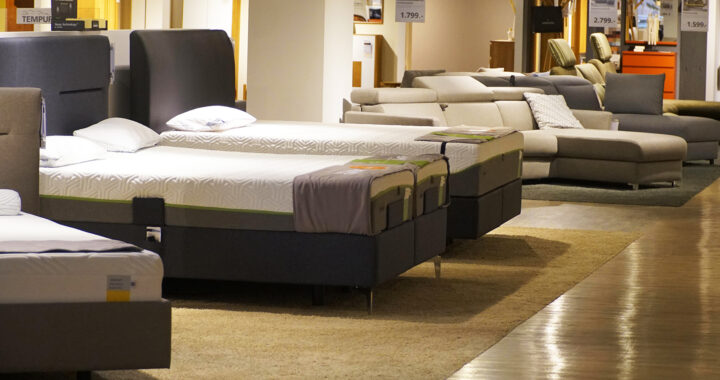Donald Trump declared on Friday, 22 August 2025, that his administration has opened an investigation into imported furniture. He stated the inquiry would conclude within 50 days, and new tariffs would follow at an undetermined rate. The announcement was made and posted on the alt-right social media platform Truth Social.
Trump emphasized that the tariffs are intended to revive American furniture manufacturing. He noted that states like North Carolina, South Carolina, and Michigan will benefit from re-shored production. This frames tariffs as a direct tool to redirect activity back into traditional furniture-producing states across the country.
Markets reacted quickly to the announcement. After-hours trading showed significant declines in shares of large furniture retailers like Wayfair, RH, and Williams-Sonoma. La-Z-Boy, which maintains most of its production domestically, experienced a sharp rise in share price, reflecting investor confidence in reduced import competition.
Wayfair is highly exposed to tariff risk, as it relies on imports for much of its inventory. RH and Williams-Sonoma have tried diversifying supply chains, but remain vulnerable to higher input costs. The manufacturing footprint of La-Z-Boy within the U.S. positions it as a potential winner under new tariff conditions.
Trump has used tariffs as a central policy lever. He has already imposed significant duties on cars, steel, and aluminum. The U.S. president has also suggested potential tariffs on pharmaceuticals, semiconductors, and copper, signaling an expansion of sector-specific tariff strategies designed to rebalance U.S. trade relationships.
Bilateral negotiations with several trading partners have been undertaken. Framework agreements with the European Union and China helped stabilize financial markets temporarily. However, many unresolved structural disputes remain, and uncertainty about future tariff regimes continues to influence corporate and investment decisions.
The timing of proposed tariffs on imported furniture could prove challenging. The U.S. furniture sector has experienced declining demand for over a year. This is driven largely by a sluggish housing market. High interest rates have delayed purchases of new homes, reducing demand for associated furnishing products.
Inflation has further complicated the recovery. Households tend to prioritize spending on essentials while cutting back on discretionary categories. Restaurants, travel, apparel, and home decor have all reported weakened sales. This makes tariff-related cost increases especially difficult to absorb for consumers and retailers alike.
How the tariffs will be structured remains uncertain. It is unclear whether furniture-specific tariffs would be layered on top of existing country-based tariffs. The absence of clarity on tariff rates, product categories, and potential exemptions has left businesses struggling to assess operational and financial consequences.
